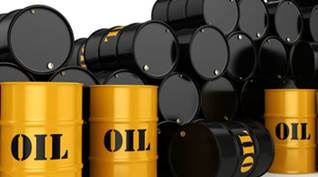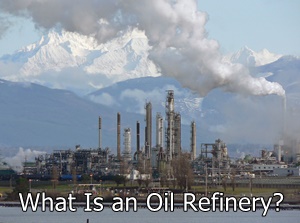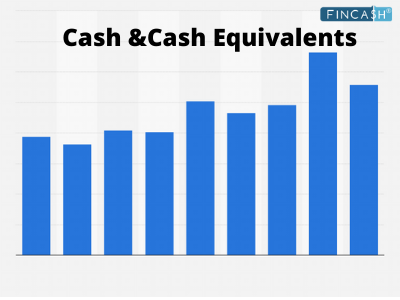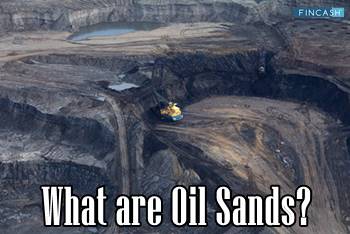
Table of Contents
Barrel of Oil Equivalent (BOE)
Defining Barrel of Oil Equivalent (BOE)
Barrel of Oil Equivalent (BOE) is one such term that is used to define the energy amount equal to the energy amount found in a crude oil’s barrel. By encircling a variety of energy resources types into one figure, investors, management, and analysts get to evaluate the total energy amount a company can access. This process is also known as Crude Oil Equivalent (COE).
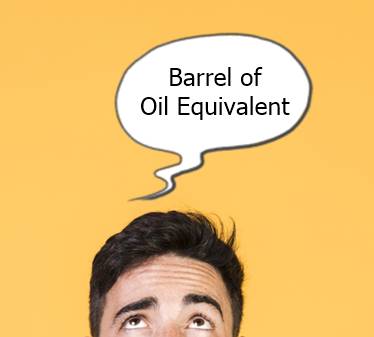
Undoubtedly, several oil companies produce gas and oil; however, the measurement unit for each of them is different. While oil can be measured in barrels; natural gas gets evaluated in cubic feet. Generally, one barrel of oil is said to have an equal amount of energy as 6000 cubic feet of gas. Thus, this amount of natural gas is equal to one barrel of oil.
Figuring Out Barrel of Oil Equivalent (BOE)
Often, BOE is used while reporting the total amount of reserves that a company has. Several energy companies out there comprise a mixed reserve base. Thus, they require such a way to communicate the total content of their energy reserves that it gets easily understood.
This can be seamlessly achieved by converting the total reserves to the barrel of oil equivalent. The primary asset of an energy company is the amount of energy that it owns. Hence, the financial and planning decisions of this company mainly depend upon the reserve base. In the case of an investor, it is essential to assess the reserves to comprehend the value of the company.
Talk to our investment specialist
How to Calculate Barrel of Oil Equivalents?
The conversion of assets to BOE is quite a simple task. In volume, per barrel is used to represent oil. And, per thousand cubic feet (mcf) is used to represent natural gas.
Now, suppose there are approximately 159 litres in one barrel. The energy contained in that barrel would be 11700 kilowatt-hours (kWh) of energy. Note that this is an approximate measure as different oil grades have different energy equivalents.
One mcf of natural gas comprises almost one-sixth of the energy of one barrel of oil. Thus, 6000 cubic feet of natural gas (6 mcf) will have the energy equal to one barrel of oil.
All efforts have been made to ensure the information provided here is accurate. However, no guarantees are made regarding correctness of data. Please verify with scheme information document before making any investment.
